Revised 2 of the first grids for a copy error, oops.
Finally finished the ‘paperwork’ on the chili I made last week.
I make this every other week and make 7-12 servings.
Put in freezer and fridge and nuke it when I want it.
Chili con carne is basically my primary lowcarb food group.
If anyone should want to use the recipe be warned it’s pretty spicy.
This is a ridiculous meal but I ate it recently. Meant to have meat too but got busy and forgot then it was too late and I wasn’t hungry and I’d had a lot of protein that day already. Delicious but carby. Waiting for the insulin monster to kick my ass with one of these meals eventually. We’ll see.
…
…
I can’t reply again so adding to last post.  I’ve been taking notes from skim-reading for the last couple weeks and I’m going to be pasting a few in. Most are actually various comments or answers from Brad of FIOB I’ve seen in various places, though not all.
I’ve been taking notes from skim-reading for the last couple weeks and I’m going to be pasting a few in. Most are actually various comments or answers from Brad of FIOB I’ve seen in various places, though not all.
(Vit D and O3 lower SCD1 which we’re trying to lower as it converts stuff to pufa)
Berberine lowers SCD1. As does metformin. As does sterculia oil.
In the Banana Milkshake study, subjects were given Stearic Acid, and that alone was enough to cause mitochondrial fusing and uncoupling - which would gobble-up unsaturated fats in the process.
If Stearic Acid can promote uncoupling at a faster rate than SCD1 can de-saturate our dietary and circulating fat, then it might be the more powerful tool.
Linoleic acid is in EVERYTHINGGGG ughh
Not a problem if you like beef. Beef bacon is just as good as regular bacon, if not better. A few eggs a day shouldn’t be a big deal, especially if every other part of your diet is on point. Burgers, steaks, beef ribs, beef tacos, home made pizzas… everything cooked in butter, tallow, cocoa butter, pure stearic acid…whatever.
we’re unclear about palmitic acid. It seems similar to stearic, but we don’t know if it has the same metabolic effects.
No need to do the starch part. My diet is essentially beef/eggs/cheese, I just toss supplementary stearic in and consciously avoid PUFAs when I stray from my regular foods.
Benefits have been greater carb tolerance (when I do stray from diet) and a bit of mild body recomposition. (A bit less body fat, but more of a reduction in size/location/consistency.) No weight loss to speak of, but also none of the seasonal weight gain I usually experience. And I didnt experience long term appetite reduction until I started doing SCD1 reduction. (i.e. Actively stopping my own biochemistry from desaturating the SFA I consume.)
I chose naringin as one of my scd1 inhibitors, partly because I read that berberine can destroy gut bacteria when taken regularly. I’m hoping naringin has enough of the active/effective ingredient of grapefruit to make a difference (without the citric acid).
“The body requires iodine to metabolize both omega-3 and omega-6 fatty acids”
I have also made an egg sauce using egg yolks, butter, and shredded cheddar cheese. This is freaking delicious - and it’s pretty simple to make.
Sauteed mushrooms in butter is also very good. I’m not sure how much butter gets soaked up - but if you want something else to go with your meat, this is great.
You can saute mushrooms with zucchini in butter or tallow and they will rock your tastebuds.
I use mashed veg, e.g. cauliflower, celeriac, broccoli, or stir-fried shredded things, such as pointy-cabbage, bok choi etc.
Im finding the easiest way to down a lot of stearic acid quickly is to mix it with protein powder dry. Throw some cold milk in and use a nutribullet or small blender and let it go for at least 30 seconds to blend nicely. Chug it down and done! No cooking, greasy clean up etc. EASY! I notice energy, heat generation and satiety within 45 minutes of downing it. Could go the whole day on 1 shake. I use a scoop of protein powder and two tablespoons of stearic powder
Try adding cocoa and butter too. I drink this every morning and it’s pretty good to me. 2 c. coffee, 1 tablespoon cocoa powder, 20 cacao butter chips, 2 tablespoons of butter
Sterculic acid inhibits the SCD1 enzyme. SCD1 desaturates saturated fats. Inhibiting it results in less desaturation activity. So sterculic acid reduces desaturation.
sterculia oil: I’m not sure what the dosing is. Brad says 1/4 to 1/2 a teaspoon, but then he also says 2 bulb squeezes. 2 bulb squeezes seems like it would be a huge dose.
(brad said) I never get a full dropper full when I squeeze. It’s more like half. So two half droppers seems about right.
To some degree. It’s clear that different foods have different hormonal triggers. I’ve been drinking cocoa butter coffee (24 grams cocoa butter), and that does nothing for satiety for me. But if I add in some carbs or protein, I get both an immediate and prolonged satiety.
Just protein, and just carbs, don’t do it for me either. So for me, mixing at least 2 macronutrients seems important.
When I get the “mix” right, it will be 8 hours of Thanksgiving stuffed-ness, but from only a normal meal’s worth of food.
Having read Dave’s testimonial on the FIAB blog something I noticed about his food choices was that he has also been quite aggressively feeding his gut biome some foods those critters just love and thrive on. E.g. spinach, cranberry, oranges, tea, onions, ashwaganda, garlic, swiss cheese, bone broth. Increasing Akkermansia M. (hereon tbka AM) in particular has been shown to aid weight loss.
FIOB stearic: According to hystrene, the final composition is 92%stearic/8% palmitic acid.
Brad mentions a couple times in his blog that maximizing the ratio of saturated fat to polyunsaturated fat is more important than just eating as much saturated fat as possible. So for myself I am focusing more on cutting out polyunsaturated fat rather than trying to eat more saturated fat.
In the Banana Milkshake study that Brad talked about, that was 24 grams of supplemental Stearic Acid.
In a recent podcast, Brad said that when he was doing the diet with serious intent he was getting around 50-100 grams of Stearic Acid a day (might have been his feasting days, where he was eating up to 6,000 calories in a meal).
According to my calculations, 24 grams of stearic acid has roughly the same number of fat calories as 1/4th of a stick of butter.
24 gr stearic acid is about 100 grams suet
" The test shows the desaturase of your red blood cells, so it wont be reflective of your stored fat but its an easy and relatively affordable test to do, results are fast and I think comparing yourself to myself, Nathan and the Chinese will give you a reasonable guess as to your desaturase activity. It shows a lot more info than just these two numbers. You can calculate your desaturase index by dividing your Oleic(18:1n9) by your Stearic(18:0)."
I used to use it all the time. You definitely need it to balance with methionine in other proteins. I just use collagen every once in awhile now. Glycine seems to kick people out of ketosis if that’s a goal.
I make a 1-to-1 ratio of stearic acid to heavy whipping cream, adding in 1 T cocoa powder, pinch of salt and monk fruit sweetener to taste. Stirring it all together makes it mousse like and pleasant to eat, no waxy sensation.
Taurine has shown in animal studies to decrease SCD1 level and decrease fatty liver disease.[ref] https://pubmed.ncbi.nlm.nih.gov/32062620/
Animal studies also show that EGCG, found in green tea, decreases SCD1.

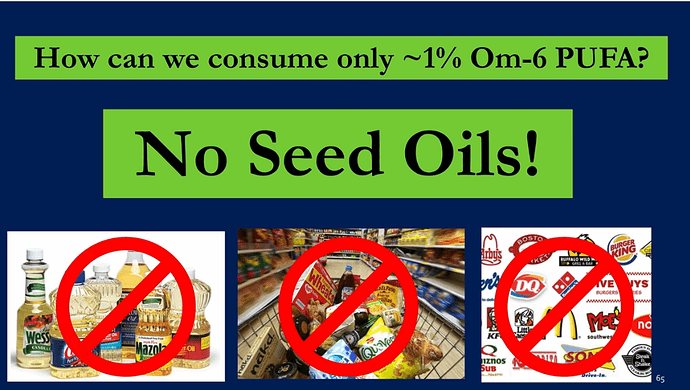
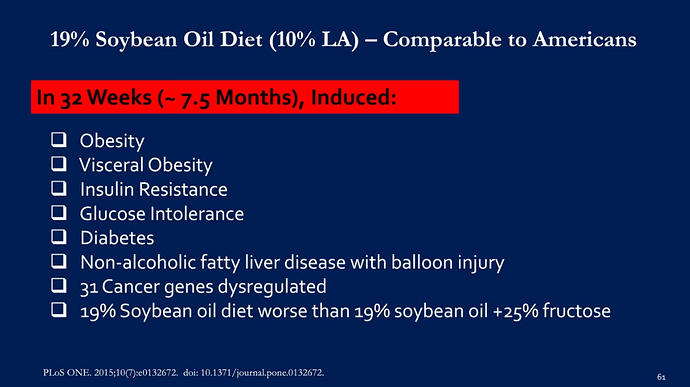
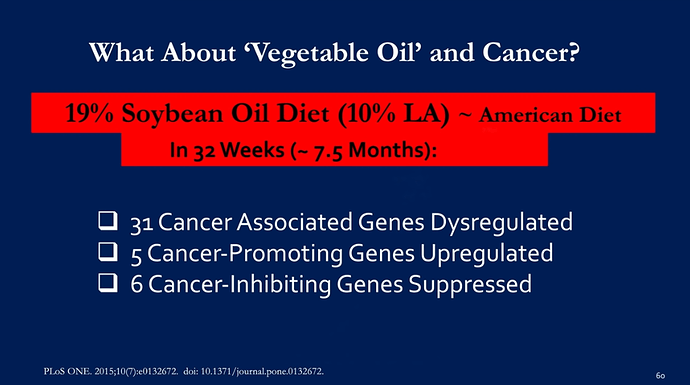
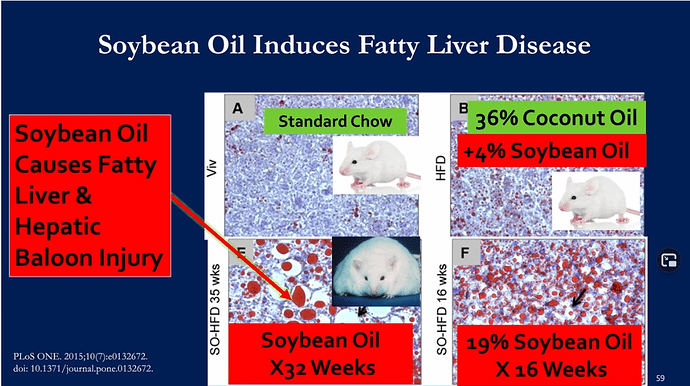
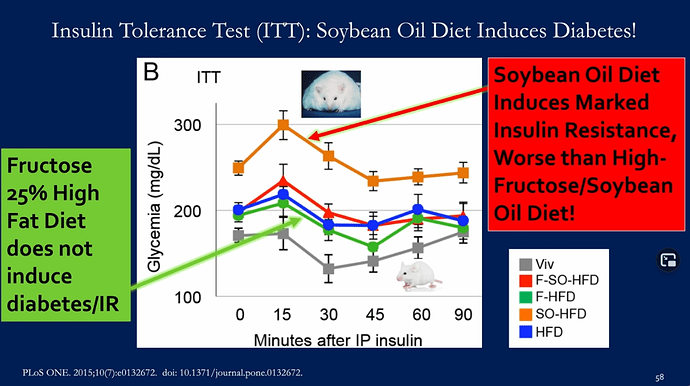
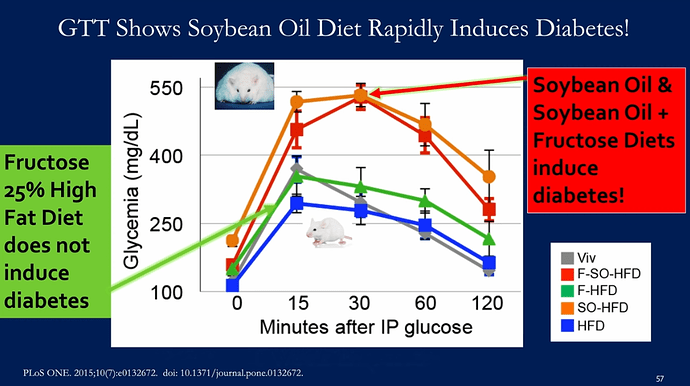
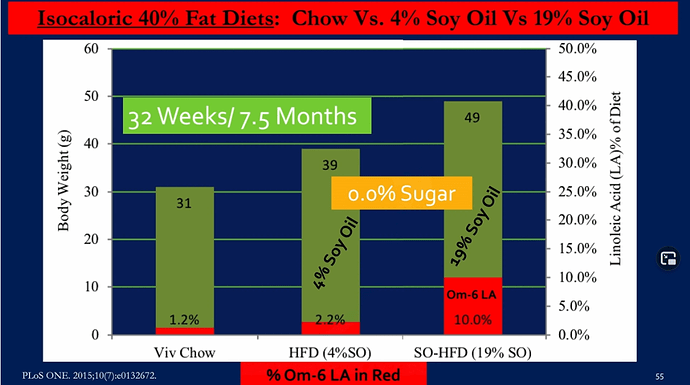
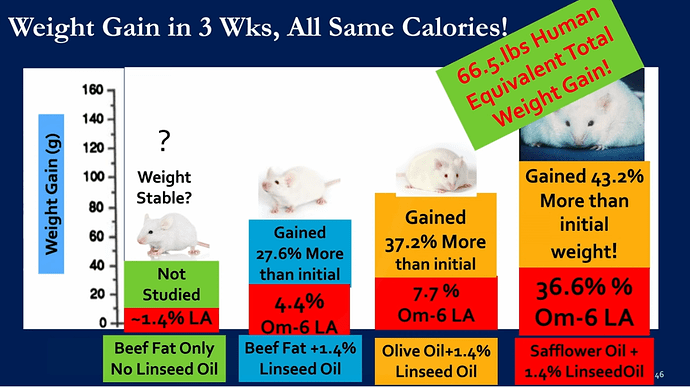
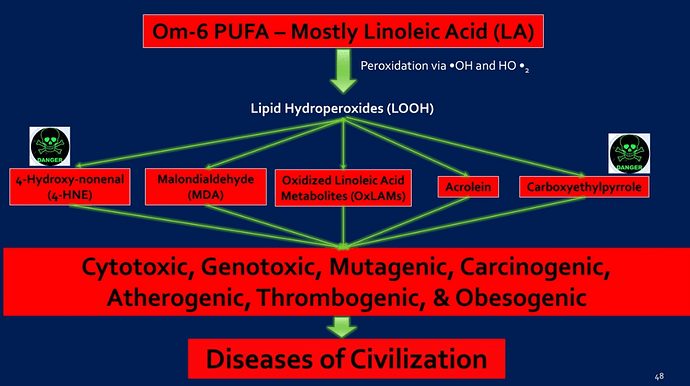
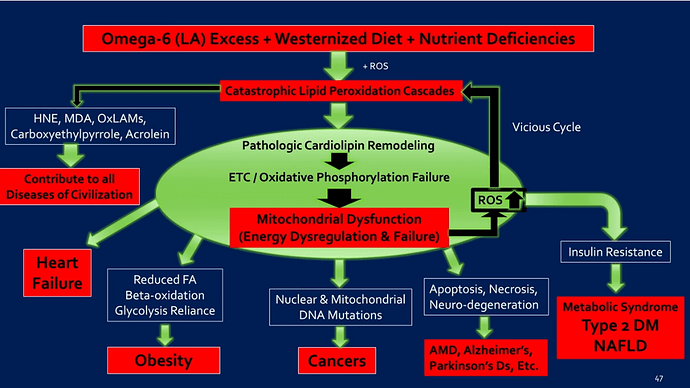
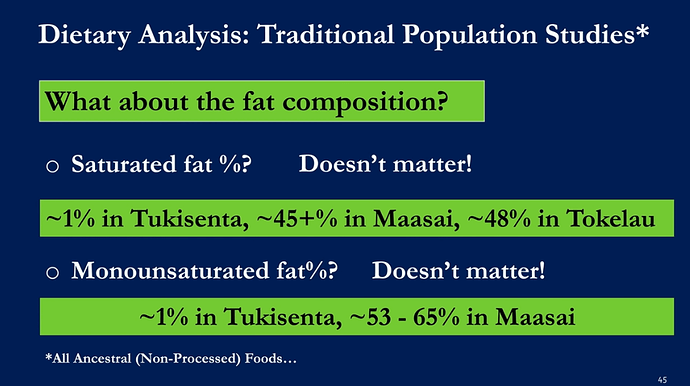
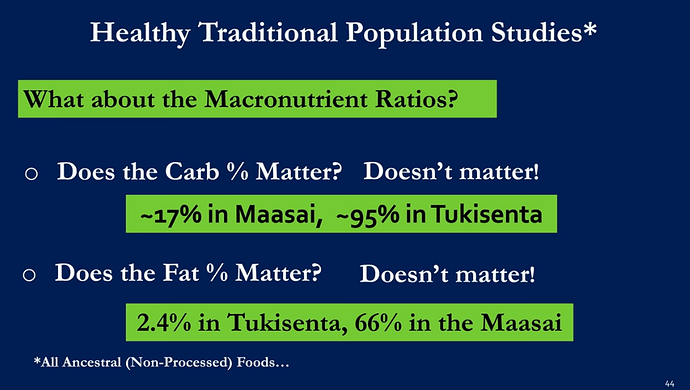


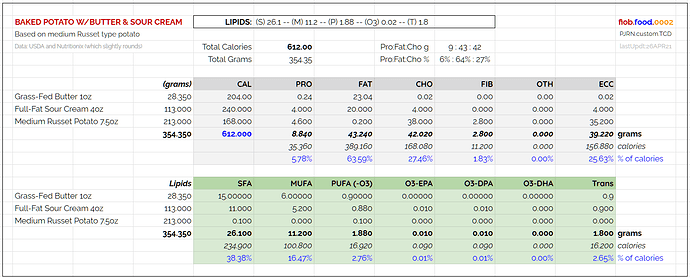
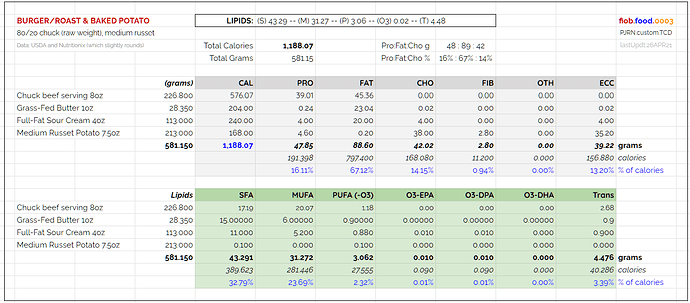
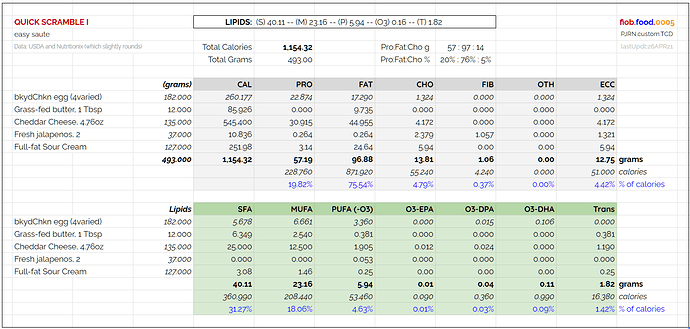



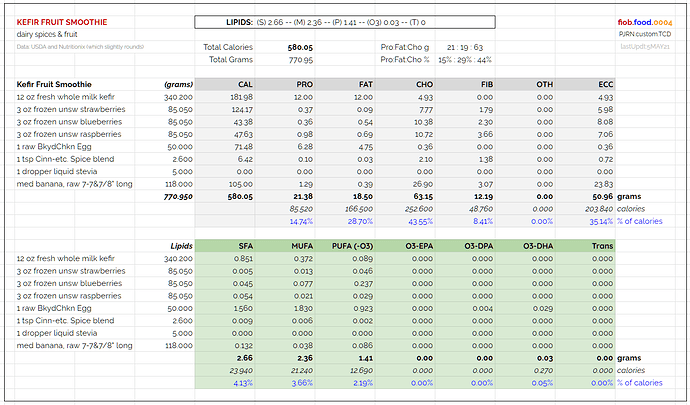
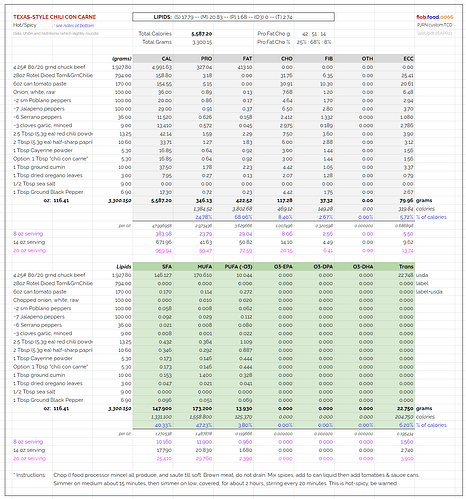
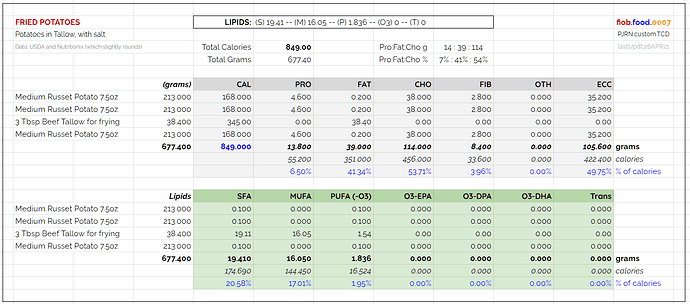
 I’ve been taking notes from skim-reading for the last couple weeks and I’m going to be pasting a few in. Most are actually various comments or answers from Brad of FIOB I’ve seen in various places, though not all.
I’ve been taking notes from skim-reading for the last couple weeks and I’m going to be pasting a few in. Most are actually various comments or answers from Brad of FIOB I’ve seen in various places, though not all.